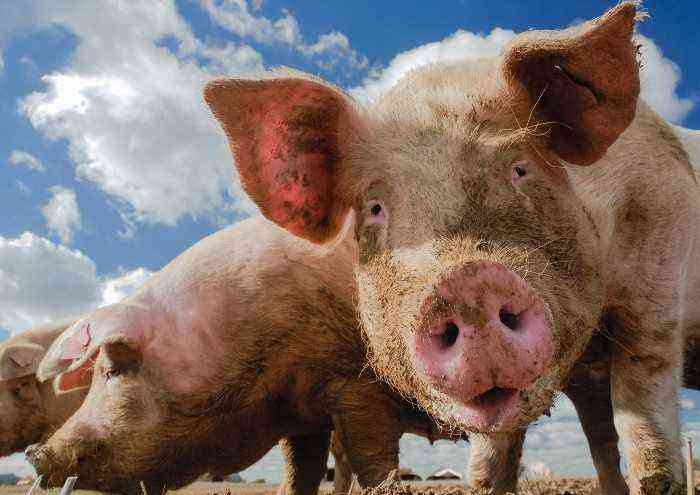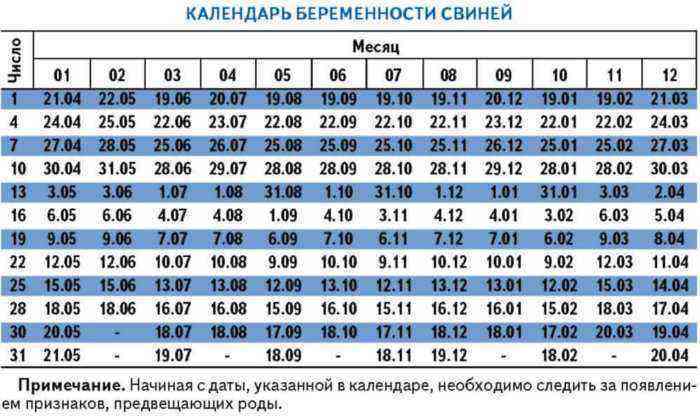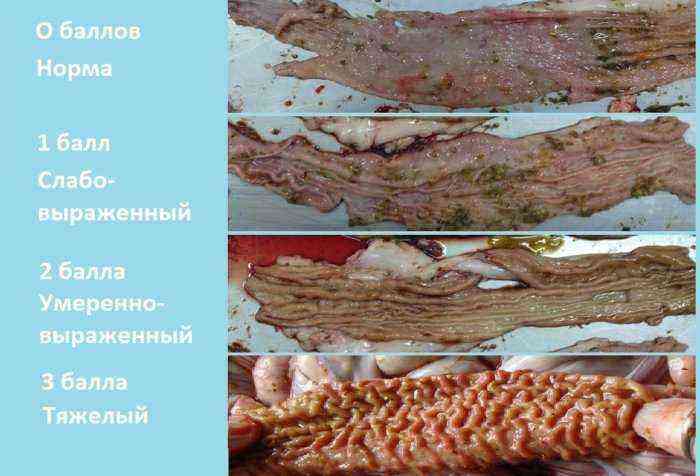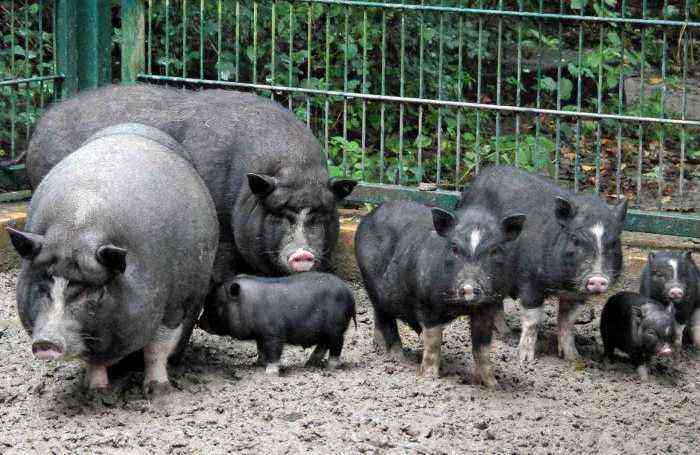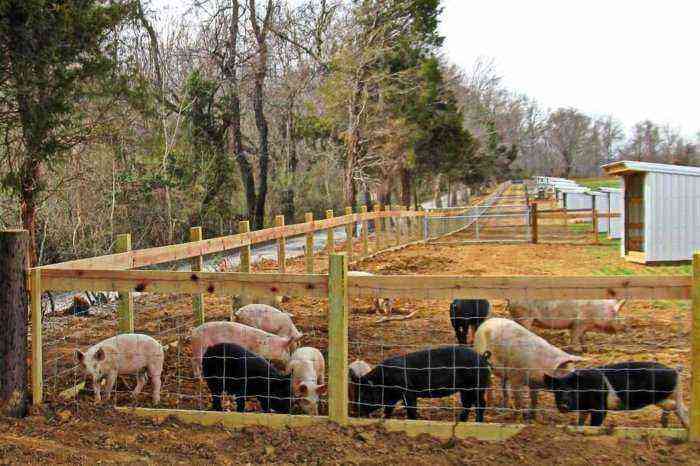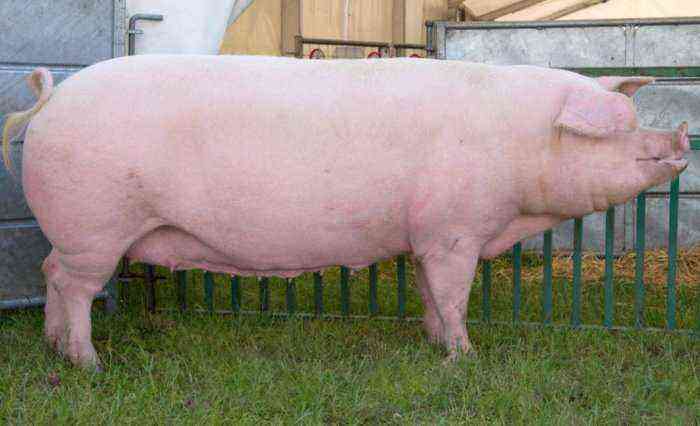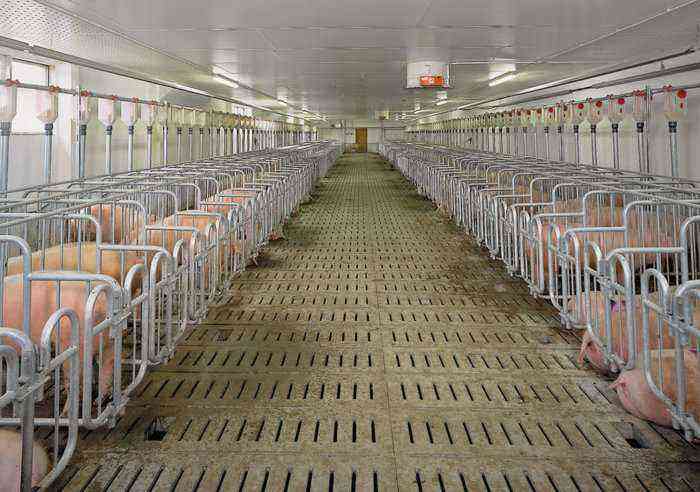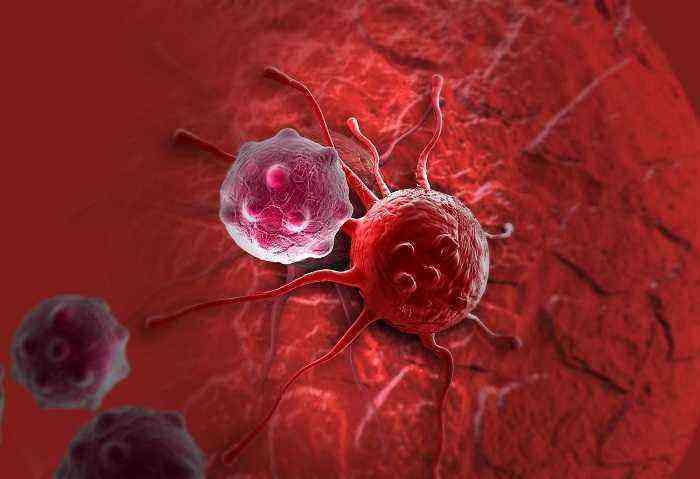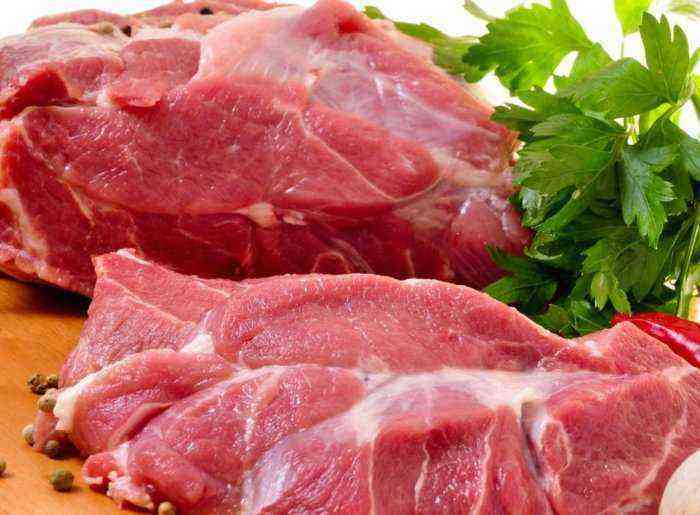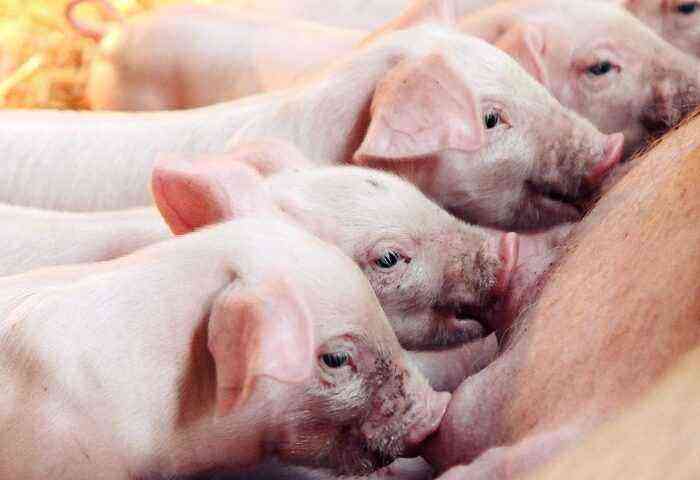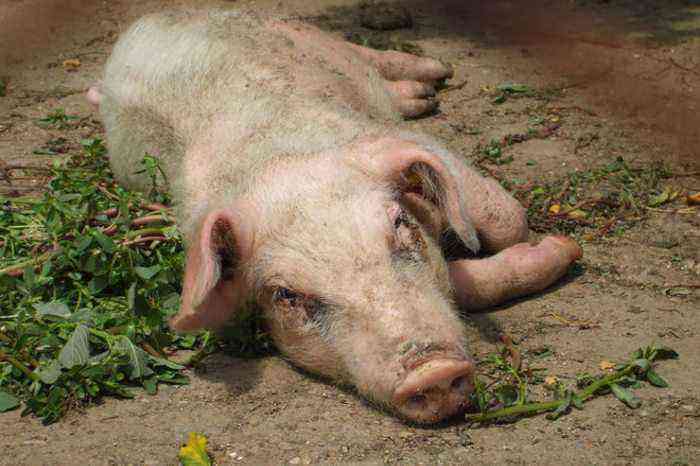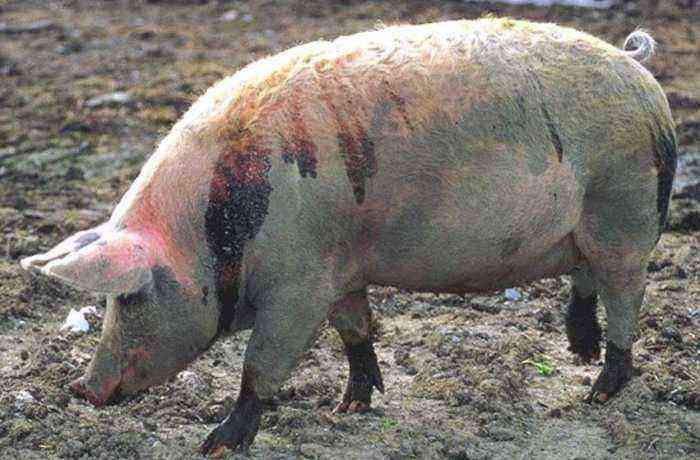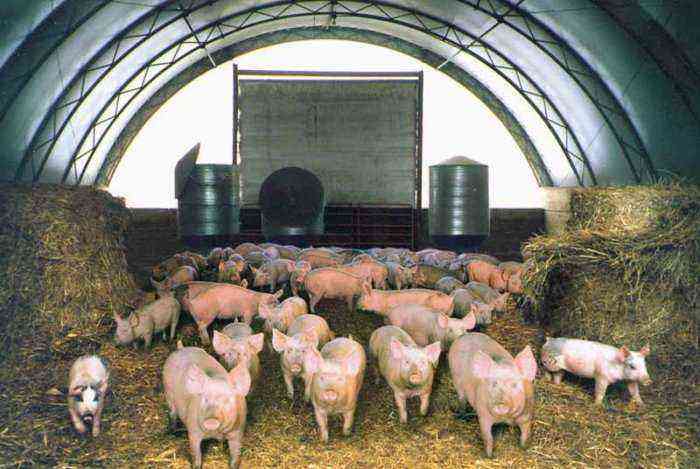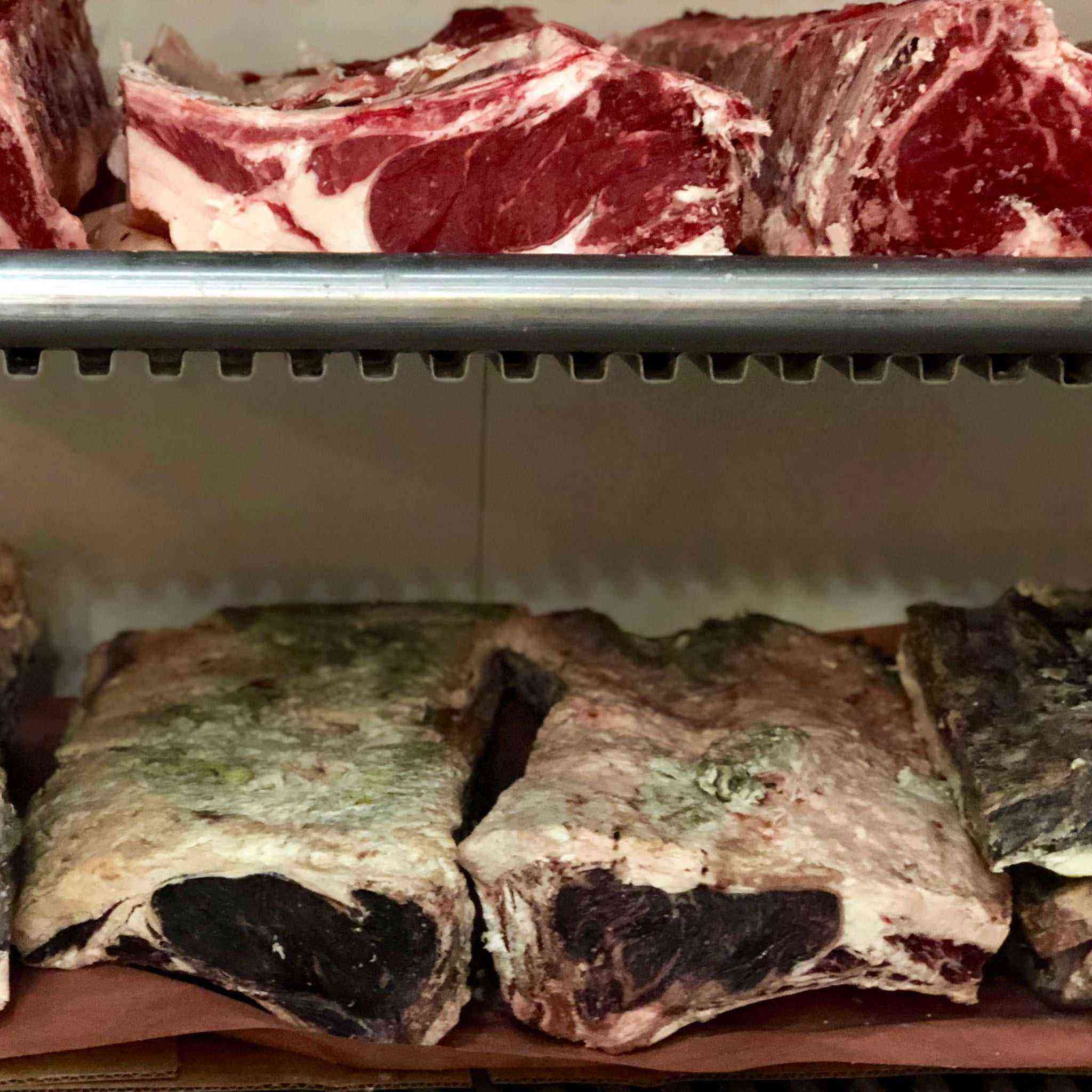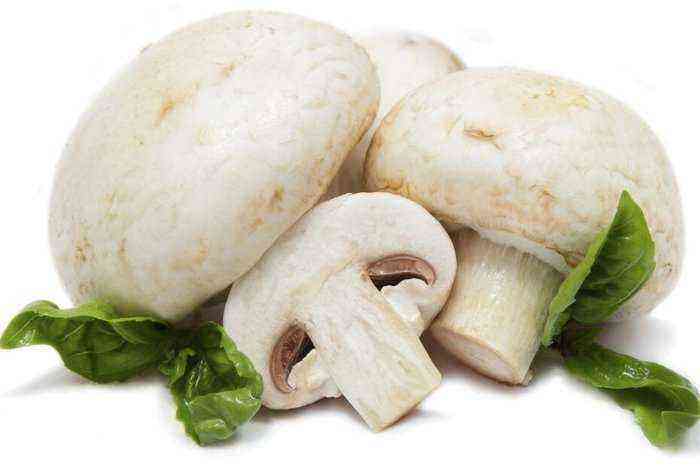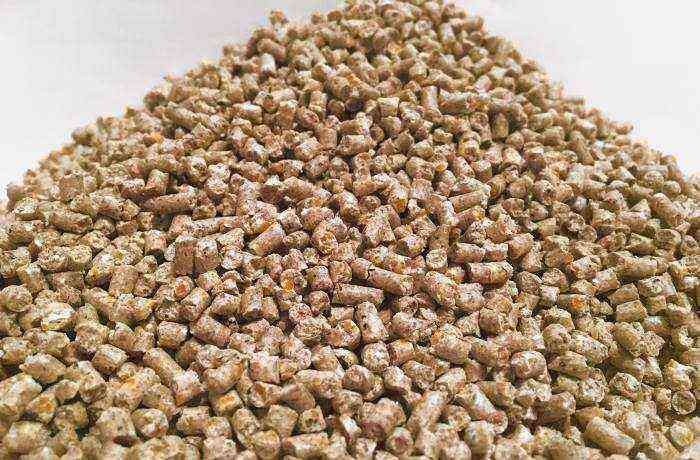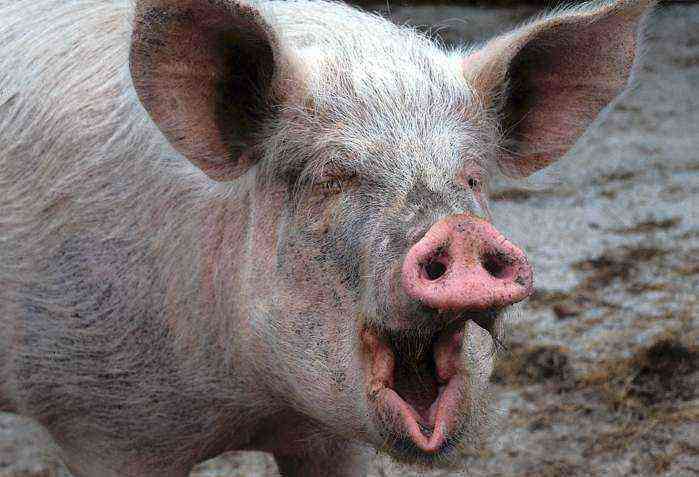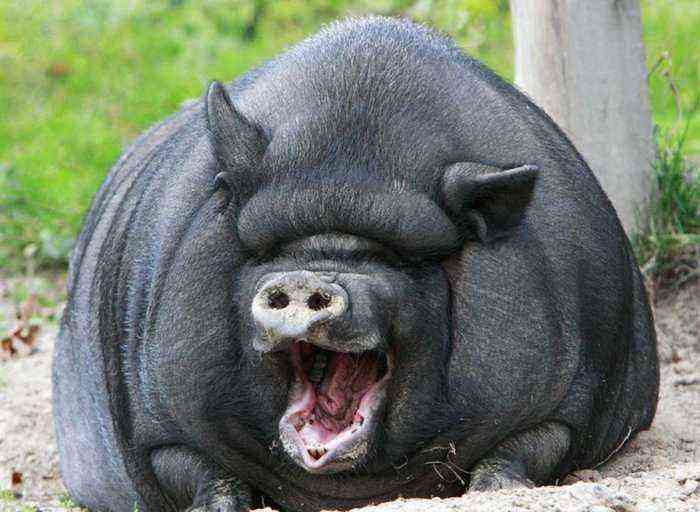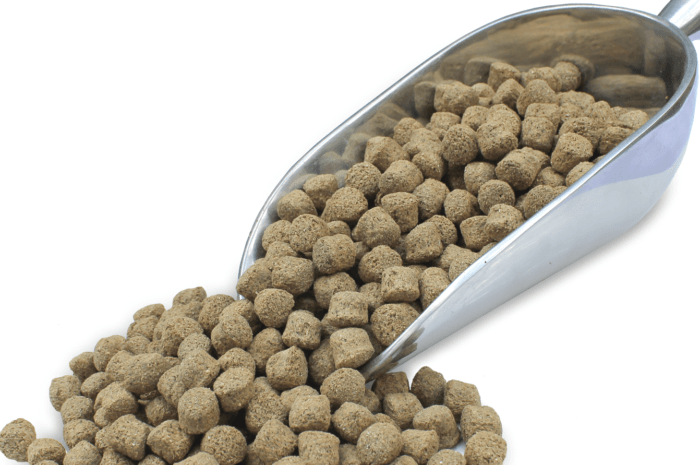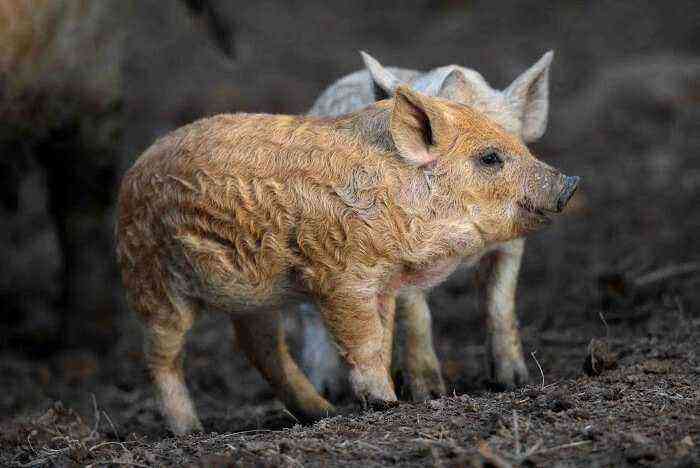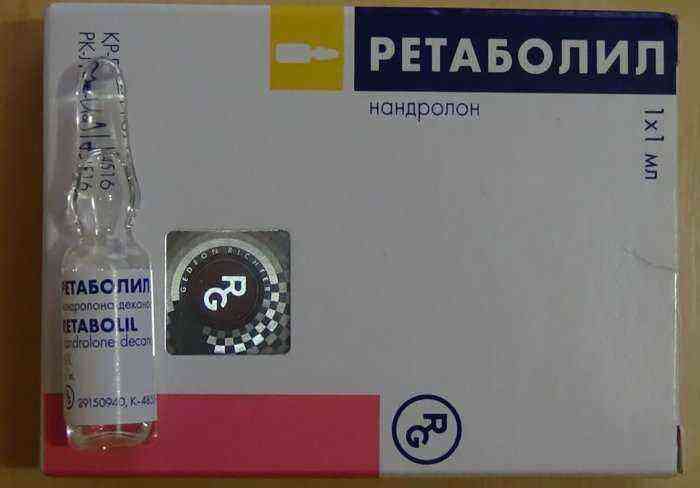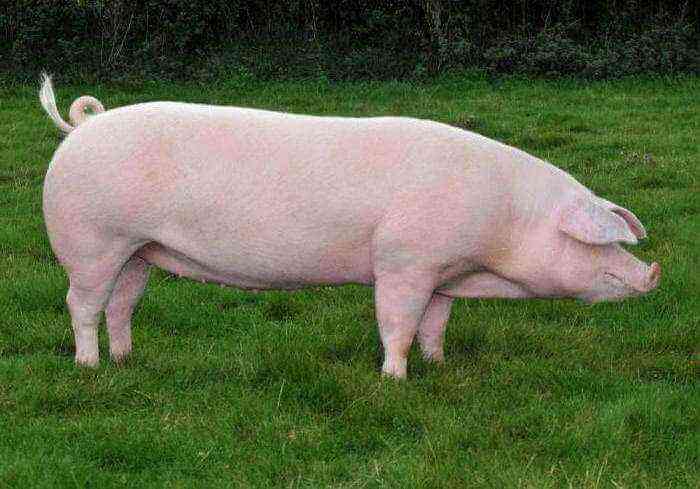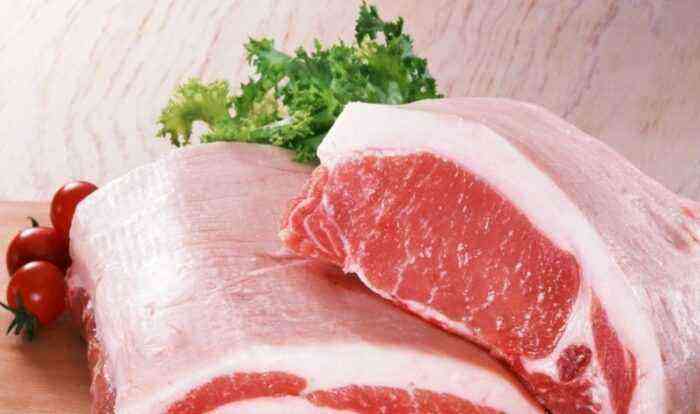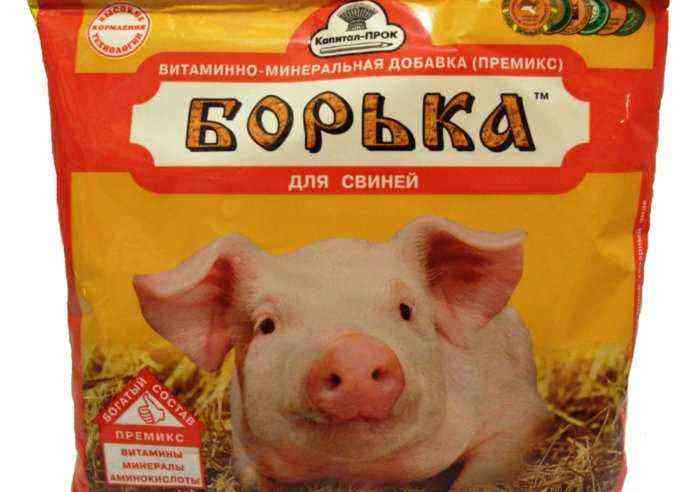Clostridiosis in pigs is accompanied by diarrhea and severe intoxication of the body and leads to high mortality among animals. The danger of the disease lies in the rapid spread of anaerobic infection.
Healthy young pigs
Newborn piglets are especially vulnerable to harmful bacteria. With age, the risk of infection with Clostridium decreases. In animals, immunity to pathogenic microorganisms is increased.
What is swine clostridium?
The causative agent of the disease is clostridia, which are divided into several varieties: A, B, C, D. Bacteria develop in the absence of oxygen. Most often, indigestion in pigs develops due to the penetration of type C clostridia into the body, which are highly resistant to adverse factors.
The source of infection can be food in which Clostridial spores are present. Animal breeders need to constantly maintain sanitary and hygienic order in the premises. The infection can be transmitted through feeders and drinkers. You can not keep sows in a small room.
Digestive disorders are favorable for the development of a bacterial infection. Due to the lack of enzymes, the protein does not have time to be digested, it enters the intestines of pigs in this state and becomes a breeding ground for the reproduction of anaerobic microorganisms. In the process of reproduction, they release toxins that damage the mucous membrane of the digestive organs. Pathogenic microorganisms have a negative effect on the liver.
Important! Clostridia spores die only after 15-20 minutes of boiling in water.
How is the disease?
The duration of the incubation period depends on the intensity of reproduction of pathogenic microorganisms. With a lightning-fast form, the first symptoms of the disease are noticeable after a few hours:

A fetid odor emanates from the feces of a sick pig
- A fetid odor emanates from the feces of a sick animal.
- Diarrhea leads to rapid dehydration of the body.
- The pig loses its former mobility, begins to refuse food.
- The temperature of the animal rises to 42 degrees. Most pigs die within a few days.
Some pigs suffer from a chronic form of Clostridium. A characteristic symptom of the disease is fetid diarrhea. The rate of development of necrotic enteritis depends on the number of spores that have entered the digestive system of the animal.
Clostridia can accumulate in rooms where pigs are kept. An outbreak of the disease occurs only if the owner ignores sanitary and hygienic standards. Young animals become infected from sows – carriers of the infection.
Harmful bacteria are present in the secretions of an adult animal. If immunization is not carried out, the disease can affect the entire herd. It is quite difficult for a breeder to cope with the rapid development of Clostridium. With irreversible changes in the body, treatment does not bring the desired results. Death occurs within a few hours.
Clostridia are sensitive to drugs that belong to the penicillin series. In sick pigs, the walls of the mucous membranes become thinner. The disease leads to necrosis of the small intestine. A large amount of gases inflates the body of the animal.
Harmful bacteria infect the villi that are in the small intestine. This disrupts the digestion process. Due to the lack of nutrients, the pig quickly loses strength.
Diagnostics
To determine the cause of the disease, experts examine the animal’s feces for the presence of harmful bacteria. It is possible to identify the pathogen even after the death of the individual. To do this, it is necessary to conduct a visual inspection of the body of the pig.
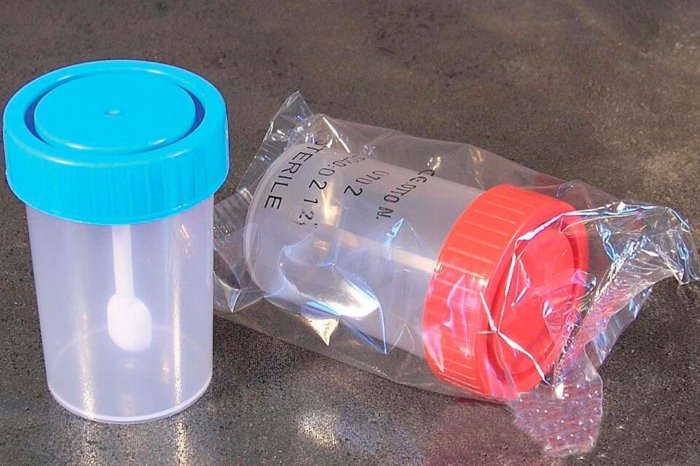
Container for sampling pig excrement for analysis
The digestive organs of sick piglets are severely damaged. The inflammatory process affects the intestinal mucosa. Clostridium leads to increased gas formation. In some parts of the intestine, traces of hemorrhages are visible. The liver of a sick animal is enlarged.
Important! To make a more accurate diagnosis, experts examine the toxins that pathogenic microorganisms produce. For this, the contents of the small intestine are taken.
Treatment
To speed up the elimination of toxins from the body of an infected animal, you can use enterosorbents. Antibacterial drugs (Tetracycline, Spectam, Oxytetracycline) are used to destroy Clostridia.
You can save the life of an animal with the help of feed probiotics. Manufacturers add bacteria to them that are considered antagonists of Clostridium. They do not allow clostridia to attach to the walls of the intestine. The feed is available in granular form and has no taste. Unlike antibiotics, these drugs do not harm beneficial microorganisms.
In the process of treatment, the agent displaces harmful bacteria. However, the owner of the animals will not be able to achieve a cure only with the help of medications. To avoid re-infection, it is necessary to disinfect all premises in which pigs are kept.
It is quite difficult to get rid of Clostridia, since harmful bacteria are highly resistant to chemical reagents. To destroy pathogenic microorganisms, chlorine-containing agents are used. Before the procedure, it is necessary to clean the premises. Disinfectants cannot neutralize a surface covered with a thick layer of manure. There are several types of drugs:
- You can cope with animal spores due to peracids (Dezoks).
- Polyhexamethyleneguanidine agents (Polidez, Biodez) have high activity.
- Quite often, pet owners resort to disinfection preparations consisting of several components (Chlorantoin).
When treating piglets, it is necessary to acidify the water. In this way, you can change the acidity in the digestive organs. For this, citric acid is used, which improves the digestibility of food. Due to acidification, conditions are created in which clostridia cannot reproduce. The acidity of the feed should not exceed 5,79.
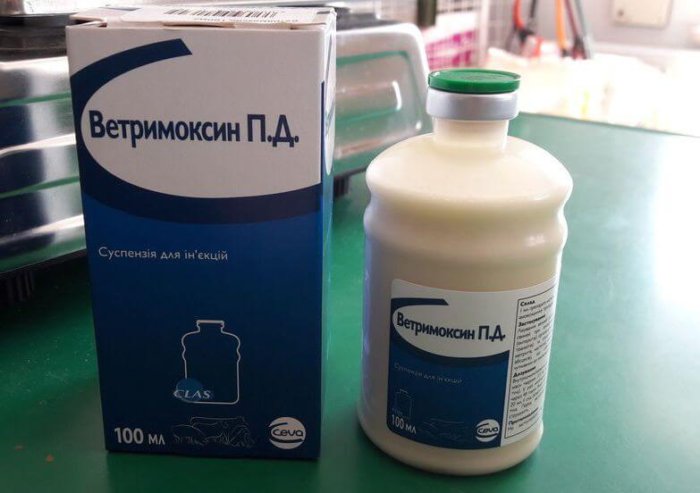
Vetrimoxin for antibacterial treatment of the pig
For antibacterial treatment of sows, you can use Vetrimoxin or Spirovet. To save the livestock of pigs, it is necessary to carry out immunization in a timely manner. After the procedure, antibodies begin to be produced in the animal’s body. They protect piglets from infection with anaerobic bacteria.
Coglamun can be used to fight infections. This is a type of toxoid vaccine that promotes immunity to bacteria.
Important! When adding funds, you must adhere to the norms specified in the instructions. Excessive acidity can cause ulcers on the surface of the mucous membranes of the digestive organs.
Prevention
It is possible to prevent the development of clostridium by timely immunization of animals. The vaccine is given to sows on day 65 of gestation. The active ingredient of the serum is a neutralized toxin, which is produced by Clostridium type C.
Experts recommend breeders to pay attention to the feed used. It is necessary to regularly disinfect the premises in which animals are kept. The floor of the pigsty must be cleaned of feces. Timely replacement of bedding will protect pigs from a dangerous infection.
Piglets of different ages are best kept separately. If suspicious symptoms appear, the sick animal must be isolated from healthy individuals.
Veterinarians advise to carefully treat the legs and nipples of sows.
Several methods can be used to kill clostridia:
- Lysol solution (1%);
- formaldehyde (0,5%).
A solution of potassium permanganate and furacilin has an antibacterial effect.
Clostridium is an infectious disease that can lead to the death of pigs. Pathogenic microorganisms are present in feed and water. Bacterial spores are transmitted to newborn piglets from the mother. To combat pathogenic microorganisms, penicillin-type antibacterial drugs are used.

